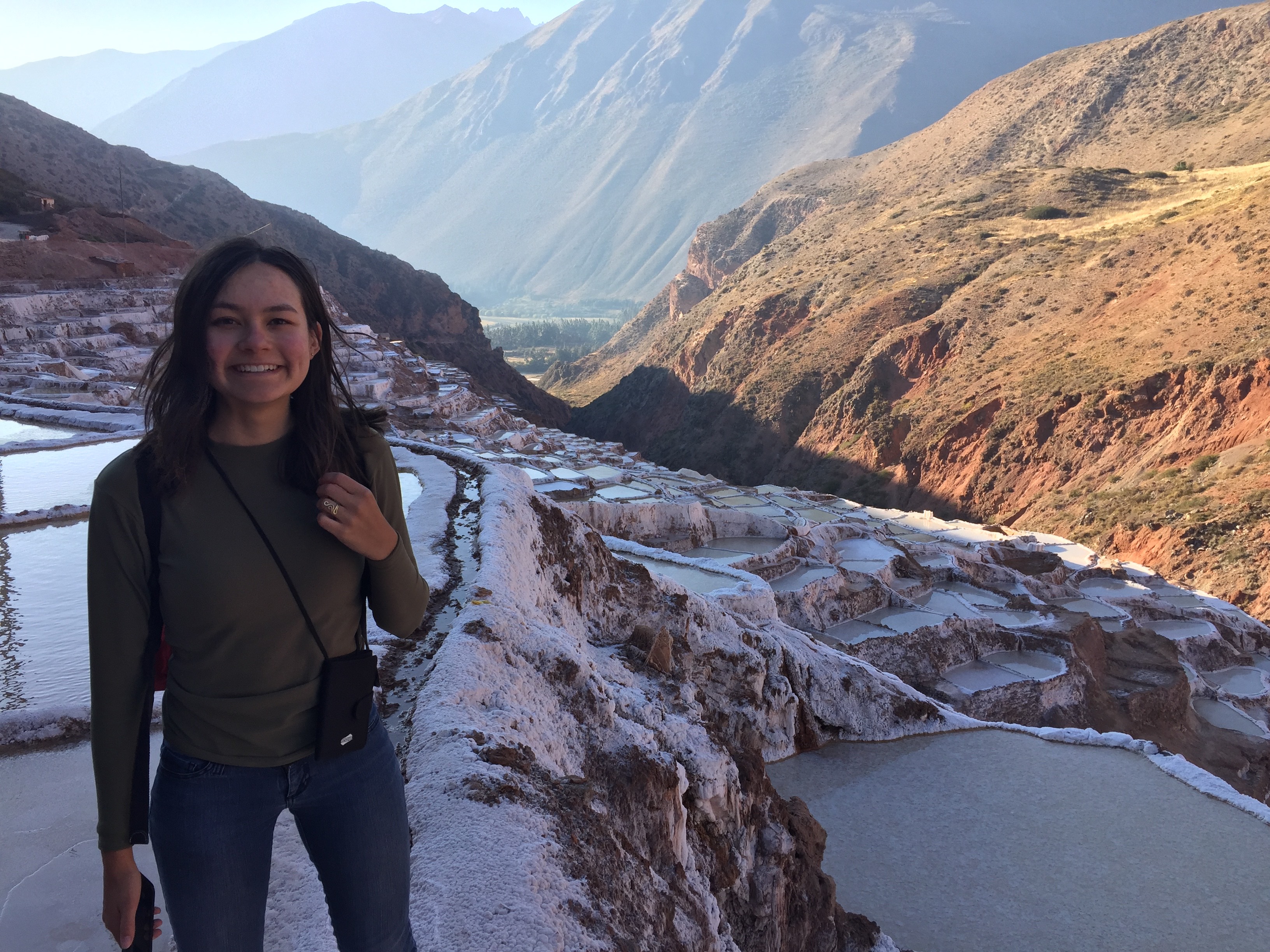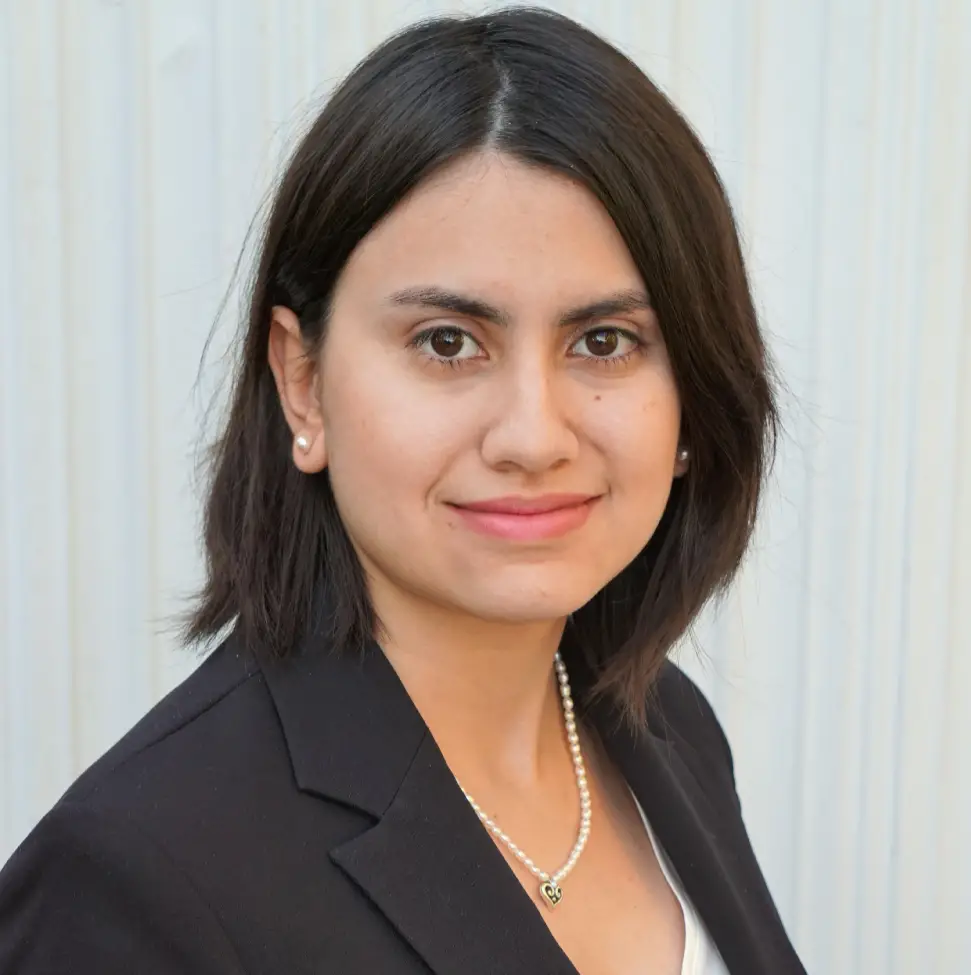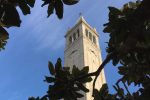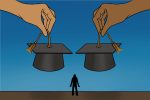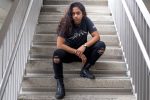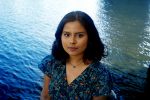In a surprise research opportunity, Natalea Schager traveled to Cusco, Peru ,to survey Sacsayhuamán Archaeological Park.
With almost no drone experience before committing to the trip, Schager flew thousands of miles and took thousands of pictures on a drone to create an augmented reality app in hopes of preserving the Incan remnants to be shared and taught to students across the globe.
Isabelle Mencia: What’s your major?
Natalea Schager: I’m majoring in cognitive science. It’s the study of the brain and it’s broken into how people, computers and animals think. It draws from different disciplines like computer science, linguistics, philosophy and other sciences.
IM: How did this opportunity come about?
NS: I live at a residential college and it’s the only one at Berkeley. There are a few faculty members that live here as well and I’m friends with all of them on Facebook. It started with my friend, who was in UAV club, and he invited me to an event. I was like “I’ve never flown a drone before, that sounds really fun!”
I hit “going” on the Facebook event. A professor [Alexei Vranich] that lives where I live saw that I was going on this drone event and he contacted me saying “Do you want to do drone research with me in Peru this summer?” It was really random, but I said “Yes, I would love to do that!”
IM: Was your major related to the research opportunity?
NS: Actually, my major has very little to do with the research he was doing. He hadn’t flown a drone before either; it was just a part of what he wanted to do. [Vranich] was recruiting people who had some idea [of how to fly a drone], which, realistically, I didn’t have at that moment. But after that, I got drone training with the UAV club and went out there.
When it came to the app itself, he actually didn’t have the idea for it at the time — he was just trying to figure out what would be the best way to present [the Incan ruins] information. My big brother had made an augmented reality app before and I had learned some things from him, so I suggested the app and it ended up working.
IM: Did you ever feel in over your head during that whole trip?
NS: Yes! Especially later when building the app, it was the first one I had ever built. So, I was kind of like “What am I doing?” I had to watch a lot of YouTube videos, but I figured it out.
IM: Have you always wanted to fly a drone?
NS: I was always interested in flying a drone but never had the money to be able to fly one, and then the opportunity came up!
IM: Did you have to learn a lot of archeology?
NS: The course was specifically about the Incans, so every day we went out and explored around Cusco to different ruins and sites. There was a lot of learning about different cultures and we focused a lot on architecture.
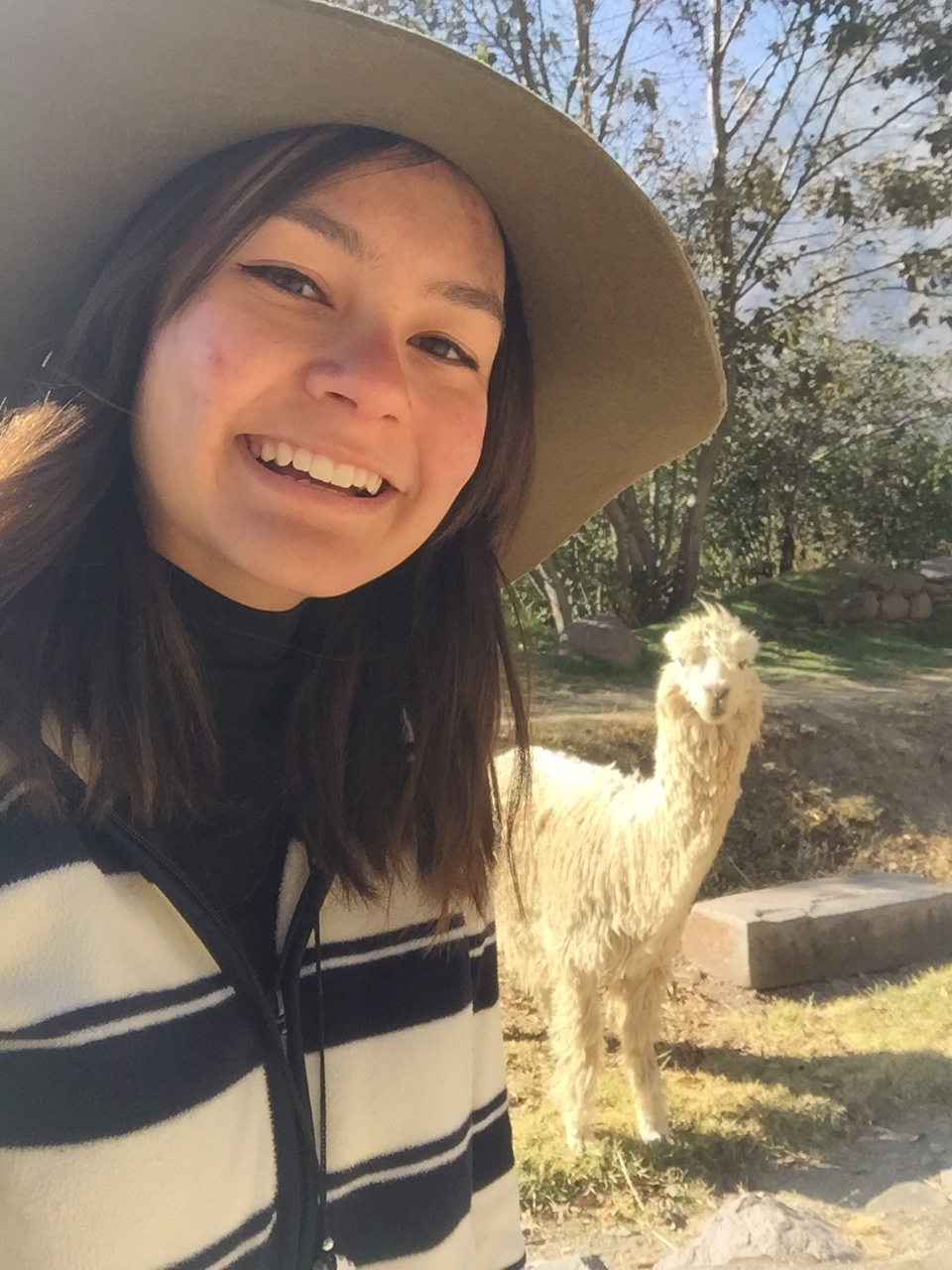
IM: How much flying did you need to do to make the app?
NS: I took a couple thousand photos for the app and I had to go out in the field for about two weeks. I wasn’t standing there for an entire day or anything — the battery on the drone didn’t last very long, so it was probably less than 30 minutes per flight before the battery died.
IM: Was flying the drone a serious task or just a fun time?
NS: I had a lot of fun doing it. When it comes to getting the shot, I had to go over the same path twice at two slightly different angles, but as long as each picture was similar enough, the process of photogrammetry works. So, it’s not too intense or anything; it’s just really fun!
IM: Is there anything people don’t realize about flying drones?
NS: To get the license, you don’t actually have to fly a drone. The course I took is safety training for the most part. People don’t really know about the regulations around it and just how much people care when they see a drone and how limited they are when they want to fly.
It’s very limited where you are allowed to fly drones. Even with permission and all the proper paperwork approved to fly. This is even the case in the United States.
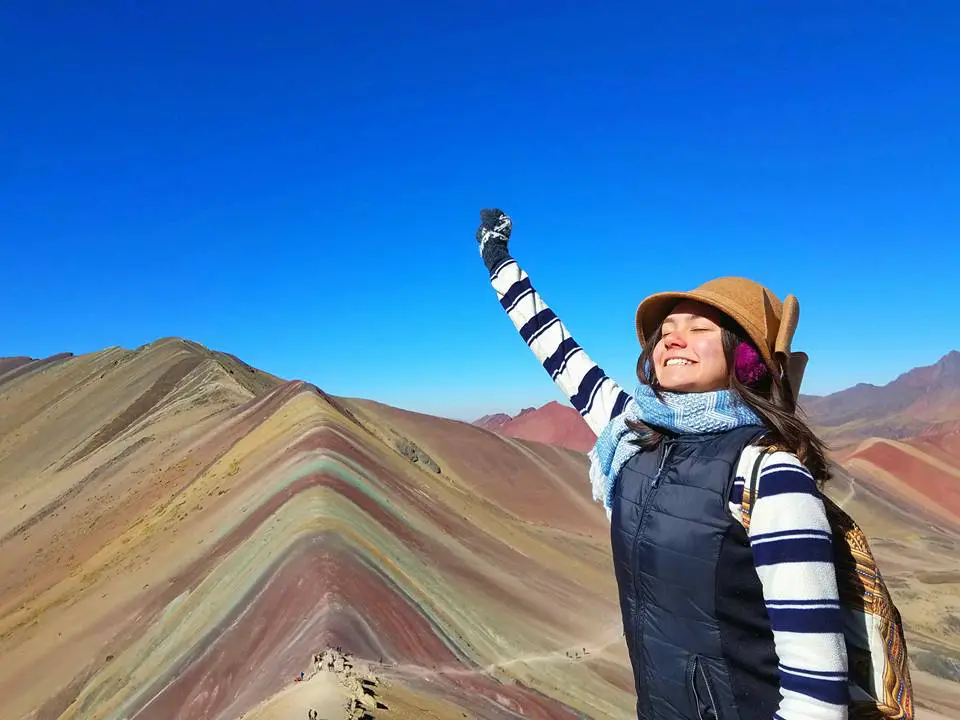
IM: What was the process of making the app like?
NS: I used a program called Agisoft, which handles the brunt of the photogrammetry, and began processing the photos. So long as the pictures were close to a match, it made a good solid model.
I did some of it in Peru, so I could tell if there were areas that I had to go over again in case the pictures weren’t close enough. After doing the photogrammetry, I ended up with a 3D model of the field and then I went into Unity to map the 3D model onto a target image.
IM: What was the most memorable moment?
NS: One of the excursions we did was to an island in the middle of Lake Titicaca. We had just come back from a hike; the stars were coming out and all of us just laid by the fire looking at the stars. Because it was in a lake, there was no electricity and light for miles and you could see so many stars. It looked like a planetarium and the sky actually looked round. It was amazing.


